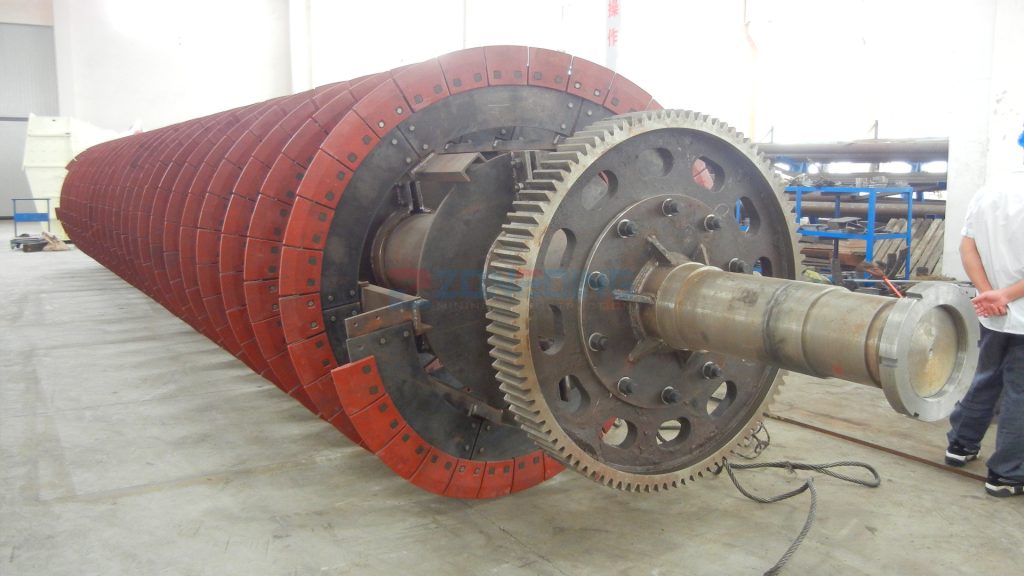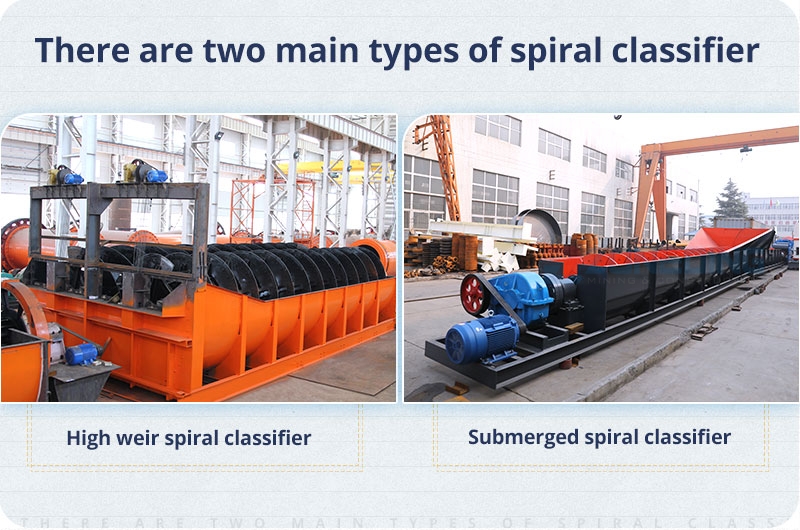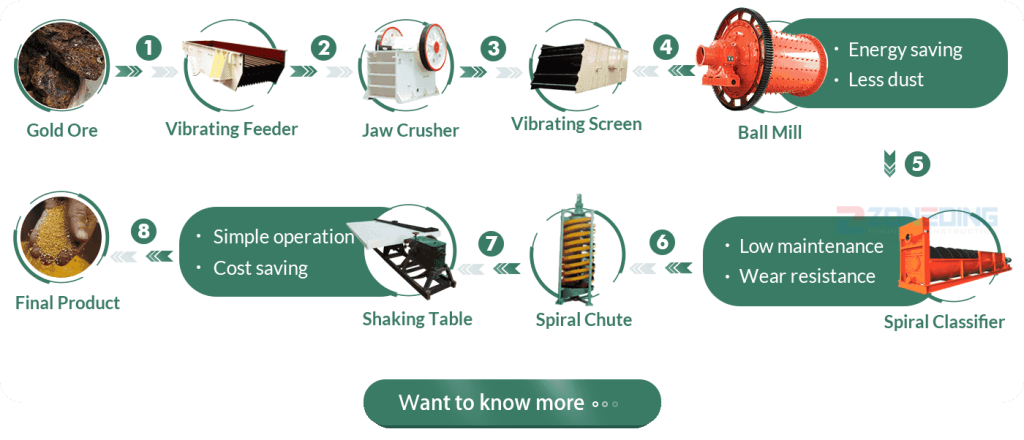Search the whole station
What is a spiral classifier?
The spiral classifier is a device that utilizes the principle of different sedimentation speeds of solid particles in a liquid based on their specific gravity for mechanical classification. It is widely used in closed-circuit processes in conjunction with ball mills to separate and classify ore sand in mining plants. It can also be applied in gravity separation plants for classifying ore sand and fine mud, as well as in metal ore dressing processes for size classification of ore pulp. Additionally, it finds application in de-sliming and dewatering operations during ore washing.

Spiral classifiers offer several key advantages in mineral processing, making them a popular choice for efficient material separation. These benefits lead to higher product quality and lower operational costs.

You should consider using a spiral classifier for the following reasons:
Types: There are four classifiers: high weir single spiral and double spiral, submerged single spiral and double spiral.

Spiral classifiers are versatile and used across many industries for separating solids from liquids. Their flexibility makes them essential for a variety of processes.

The work principle of a spiral classifier relies on the difference in settling velocities of particles in a liquid medium. Larger, denser particles settle faster and are conveyed to the bottom, while finer particles remain suspended and overflow with the liquid. It is based on the different sedimentation speeds of solid particles in a liquid due to their varying specific gravities. When the ore pulp enters the tank from the side feed inlet, it forms a sedimentation zone at the bottom of the tank. The slowly rotating spiral provides a certain degree of agitation to the pulp. After agitation, the light and fine particles suspend on the surface, forming an overflow that flows over the weir at the end of the water tank into the next mineral processing step. The heavy and coarse particles settle at the bottom of the tank, forming a return sand that is transported by the spiral to the discharge port for removal, thus achieving the desired classification.

A spiral classifier works through sedimentation and settling velocity. Heavier particles settle faster due to gravity, while lighter particles remain suspended. The spiral then conveys the settled particles upwards, achieving separation.
The process begins with the slurry entering the tank. The larger, heavier particles quickly settle to the bottom due to their higher settling velocity. The rotating spiral flights then mechanically lift these settled particles up the inclined base of the tank. As the spiral moves the solids upwards, excess liquid drains back into the pool. The lighter, finer particles remain suspended in the liquid and are carried out of the tank as overflow. The single most impactful adjustment is the pool depth; too deep, and you lose fines, too shallow and you contaminate the overflow.
Spiral classifiers are highly versatile and can separate a wide range of materials based on size and density. This makes them useful in many different industries.
Common materials include:
The spiral classifier mainly consists of the following components:

1.Are you a manufacturing or trading company?
We are manufacturer. Our factory established in 2004.
2.What is the after-service of your company?
We can provide the foundation drawing, installation service, training, spare parts and other service according to the customer’s requirements.
3. Which mineral processing method should I choose?
According to the properties of minerals, we will choose the treatment method that most suitable for you.
4. What machines are usually required for the whole production line?
Usually there are feeder, primary and secondary crushers, vibrating screen, ball mill, classifier, spiral chute, magnetic or flotation machine, dryer, etc. Equipment can be adjusted.
5. What is the final mineral concentration?
It depends on the ore grade. The final concentration of gold ore can reach 80-90%., eaque ipsa quae ab illo inventore veritatis et quasi architecto beatae vitae dicta sunt explicabo. Nemo enim ipsam voluptatem quia voluptas sit aspernatur aut odit aut fugit.
Magna aliqua ut enim ad minim veniam, quis nostrud ullamco laboris nisi ut aliquip ex loea. Lorem ipsum dolor sit amet, consectetur eusy adipisicing elit, sed do eiusmod tempor incididunt ut labore et dolore magna aliqua. Ut enim ad minim veniam, quis nostrud exercitation ullamco laboris nisi ut aliquip ex ea commodo consequat. Duis aute irure dolored perspiciatis unde omnis iste natus error sit voluptatem accusantium.
This website uses cookies to improve your browsing experience. By continuing to use this site, you accept the use of our cookies. Data collected from this website is processed and stored in the United States.